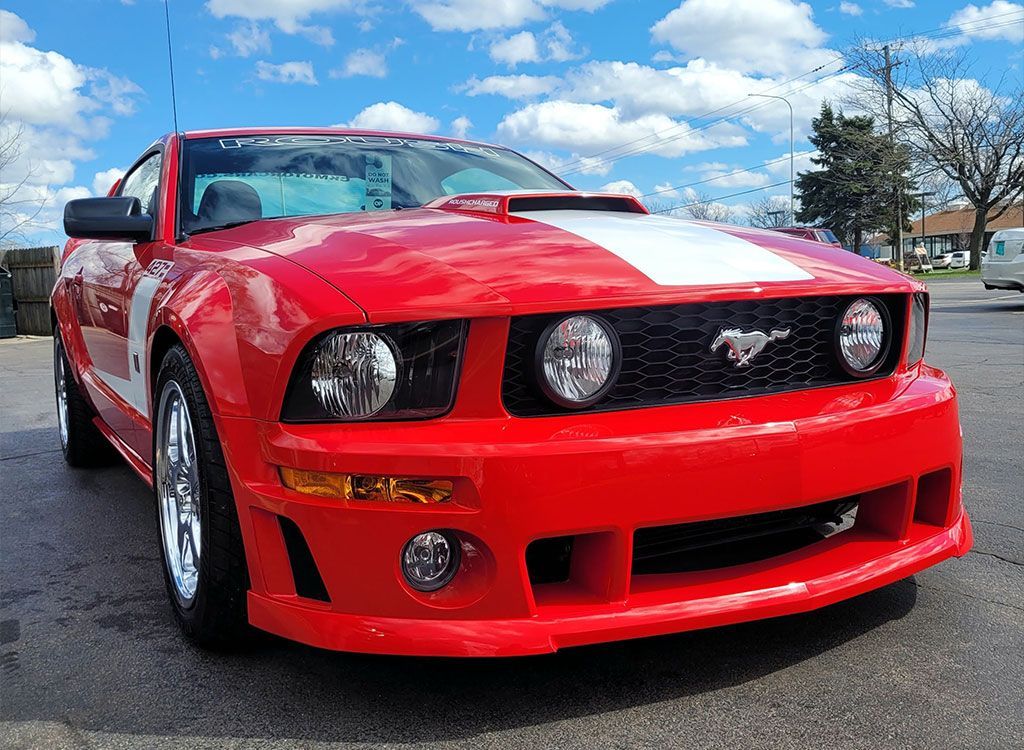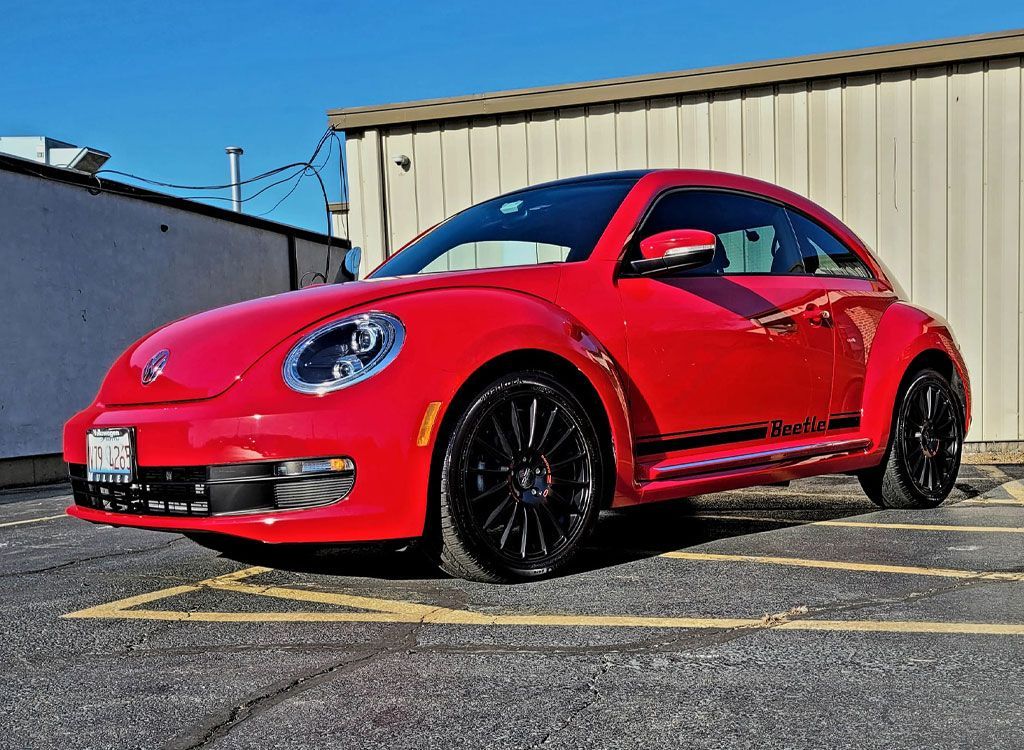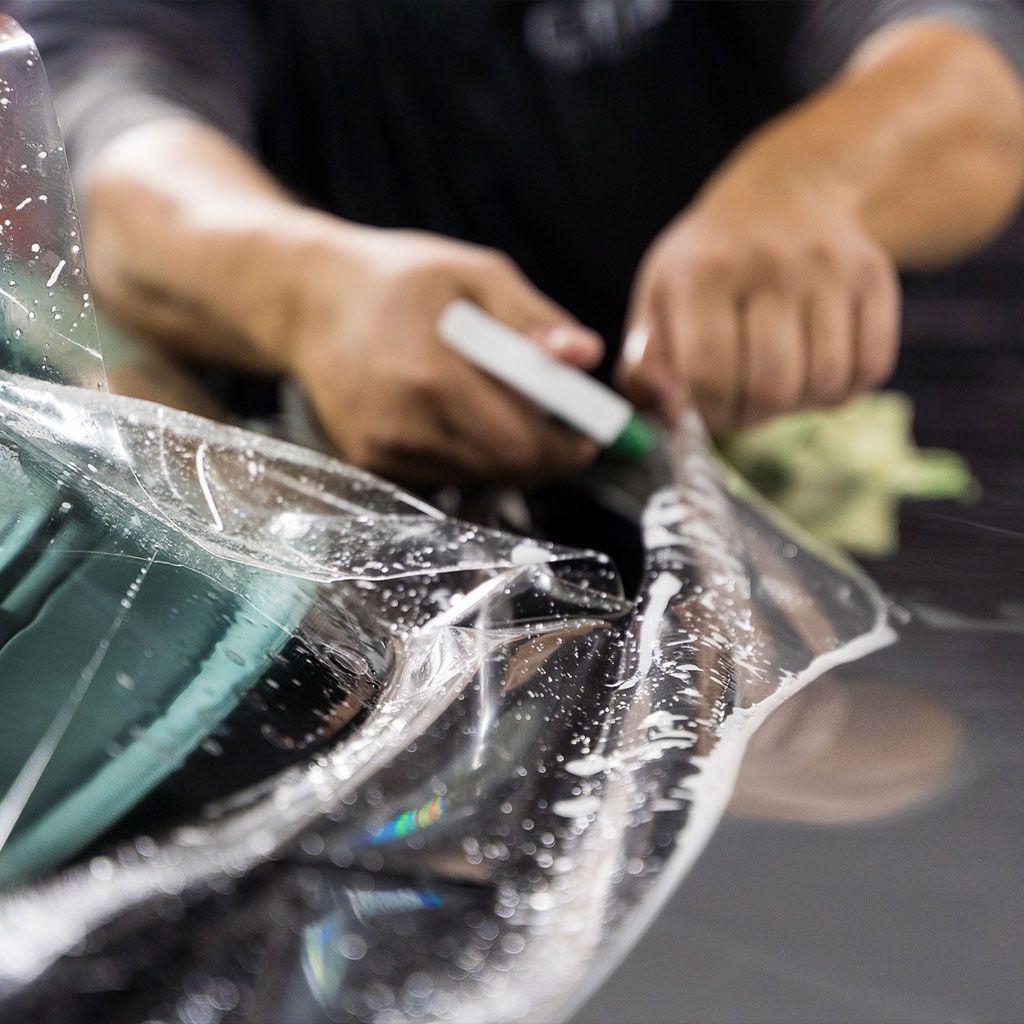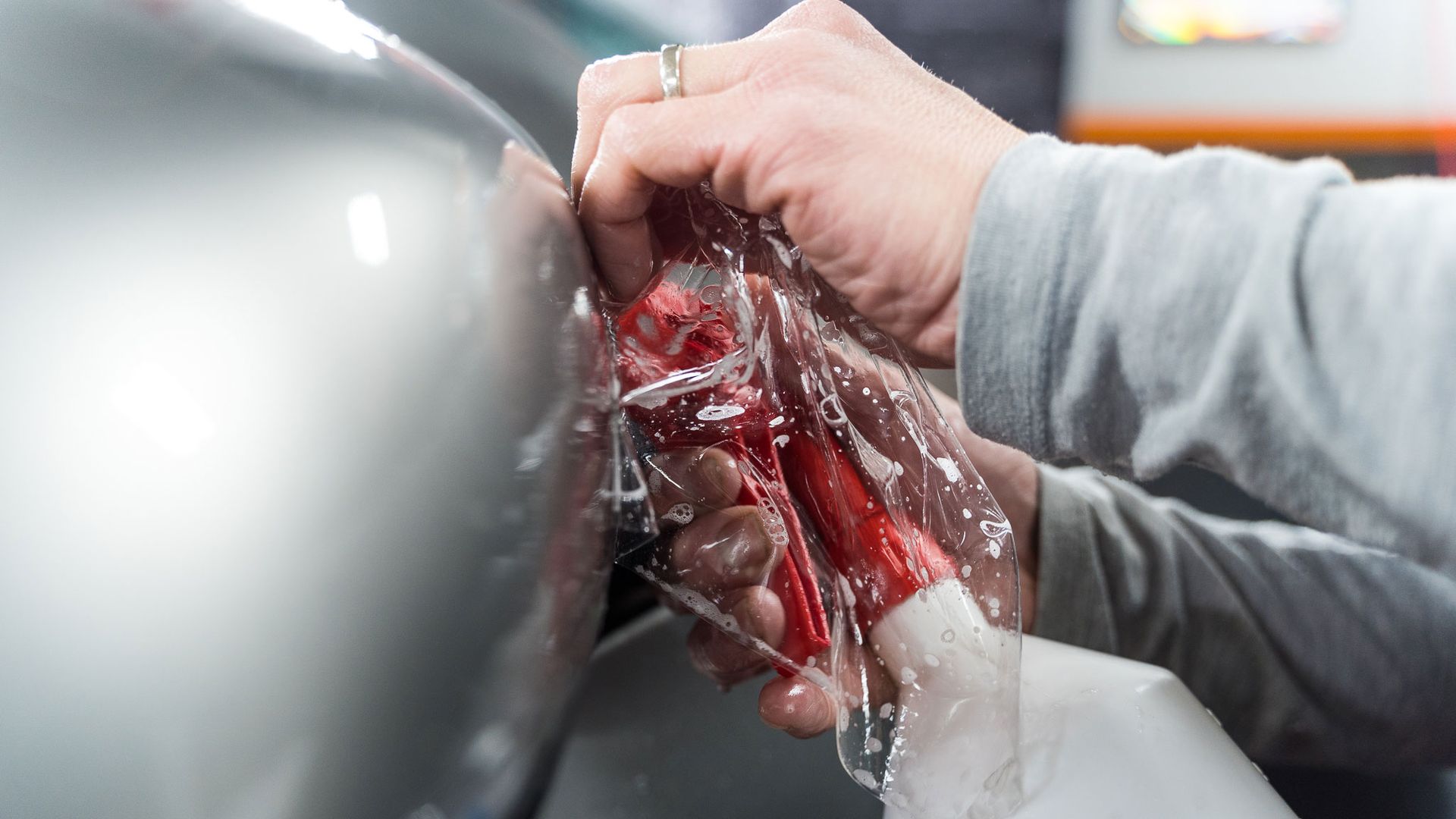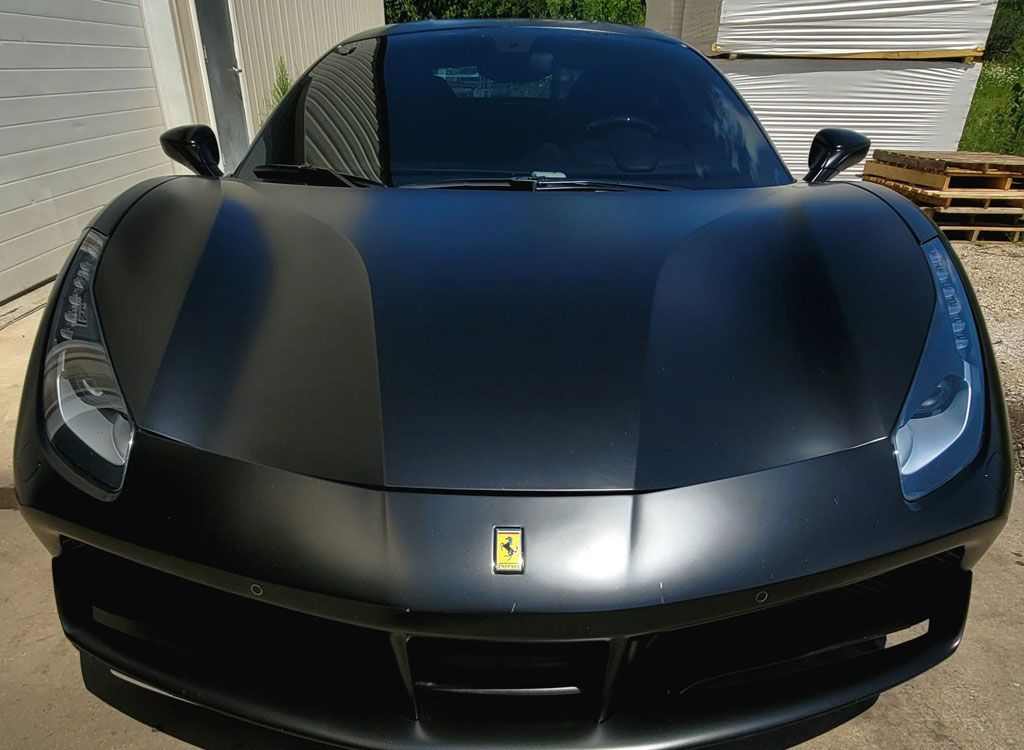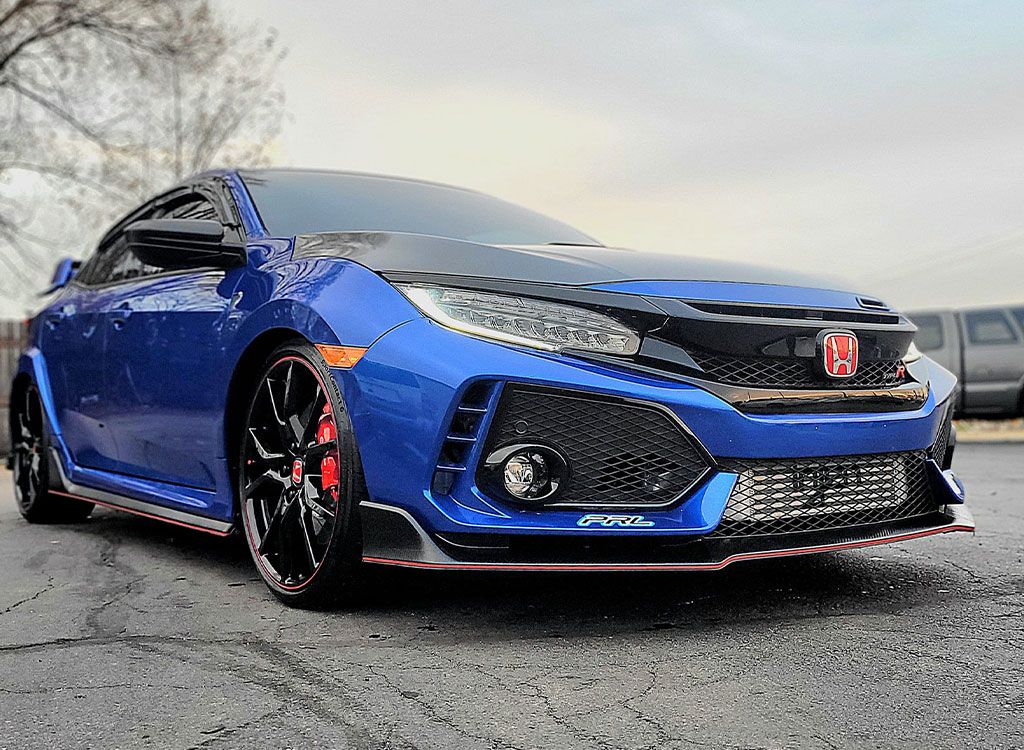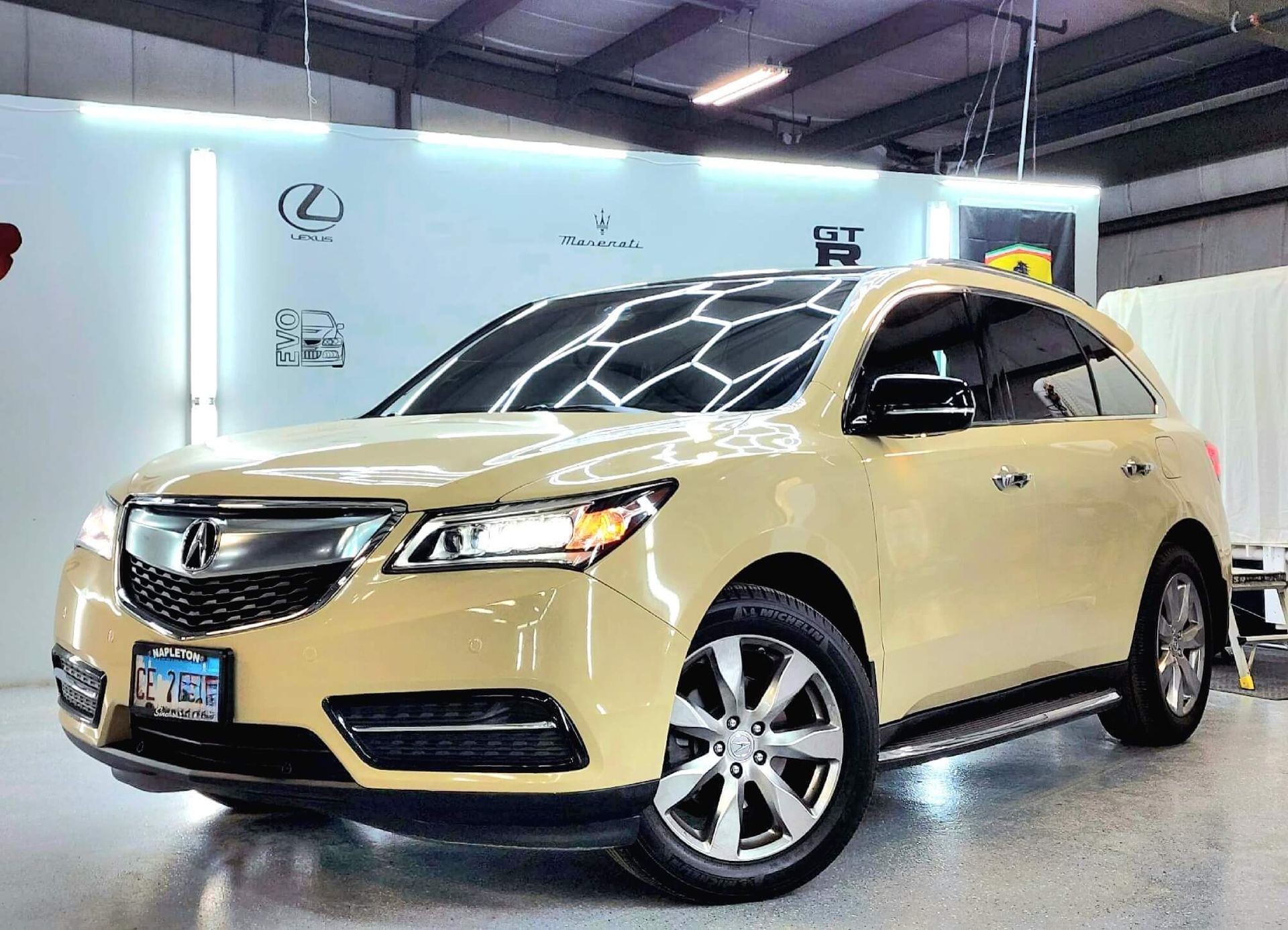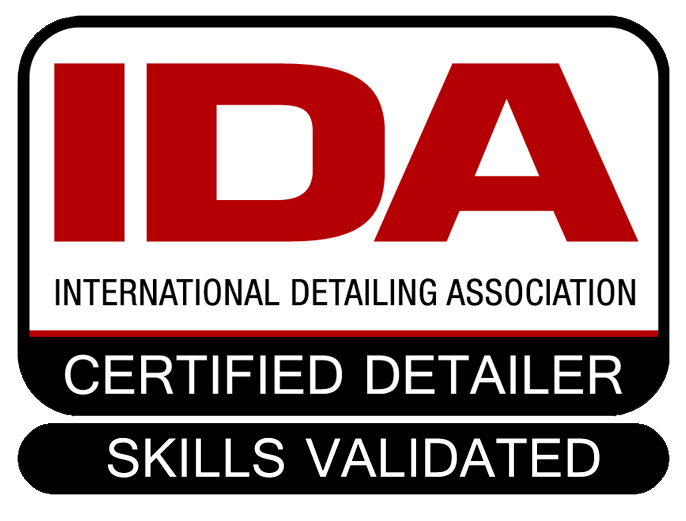How To Tell When Your Paint Protection Film Needs Replacing: Key Signs To Look For
When it comes to keeping your vehicle looking sharp, paint protection film (PPF) is like a superhero cape for your car's finish. It's designed to shield your paint from scratches, UV rays, and those pesky road debris that can mar its appearance. But just like any good superhero, PPF needs regular check-ups to make sure it's still in fighting shape. If you've ever wondered how to tell if your paint protection film is on the verge of retirement, you’re not alone! Many car owners find themselves puzzled about when to replace this crucial protective layer.
Key indicators that your paint protection film may need replacing include visible scratches, discoloration or yellowing, cracks, peeling edges, and a loss of gloss. Regular inspections and monitoring for these signs can help maintain the effectiveness of your PPF and protect your vehicle's paint beneath it.
Signs Your Paint Protection Film Needs Replacing
Keeping your paint protection film in optimal condition is essential to maintaining your car's appearance and protecting its paint. Over time, wear and tear on the film can compromise its effectiveness. Below are key indicators that your PPF may need replacement, with explanations to help you take timely action.
- Scratches and Surface Defects: Scratches may seem minor at first but can quickly escalate into significant issues. Tiny dings from debris allow dirt and moisture to seep beneath the film, leading to potential damage to the paint. Regular inspection under bright light can help spot these imperfections early before they cause further harm.
- Cracks in the Film: Cracks often result from impacts with debris and can severely compromise the protective function of your paint protection film. Even minor cracks expose your paint to the elements, accelerating aging and increasing the risk of costly damage. Addressing cracks early can save you from expensive repairs later.
- Discoloration or Yellowing: Yellowing or fading occurs when the film has prolonged exposure to UV rays, particularly in vehicles parked outside. This not only diminishes the aesthetic appeal of your car but also reduces the film's protective capabilities. Think of it like sunglasses that no longer block UV rays—they lose both function and form.
- Peeling Edges: Peeling edges are a major warning sign that the adhesive bond is failing. This detachment allows dirt and moisture to infiltrate, risking severe paint damage beneath the paint protection film. Ignoring peeling can lead to a snowball effect where small problems grow into much larger ones.
- Loss of Gloss: A significant reduction in the paint protection film's shine—below 80 gloss units—signals declining protection. Gloss levels are more than cosmetic; they indicate the film's ability to shield your car from external elements. A dull finish often means it’s time for replacement to restore both appearance and effectiveness.
Identifying these issues early allows for timely replacement, preserving your car's aesthetics and ensuring long-term durability. If you notice bubbles or peeling, act immediately to avoid further complications.
Visible Bubbles or Peeling
Bubbles and peeling are not just aesthetic nuisances; they are signs that the protective layer may no longer be safeguarding your vehicle as intended. When you spot these issues, it’s important to understand what they mean for your paint protection film’s functionality. Those unsightly bubbles often indicate that moisture has managed to sneak underneath the film, compromising its properties and effectiveness. This can allow damaging elements such as dirt and debris to wreak havoc on your car's paint job over time.
Causes of Bubbles and Peeling
Bubbles in your PPF not only detract from its appearance but can also compromise its protective qualities. Identifying the causes and taking proactive steps can help you avoid costly issues. Below are common causes of bubbling and tips to address them.
- Improper Installation: Poor application is a primary reason for bubbles in PPF. Inadequate preparation, like failing to clean the surface thoroughly, can lead to bubbles forming soon after installation. Professional installation is more than a luxury—it ensures proper adhesion, maximizing the film's effectiveness and longevity.
- Environmental Factors: Temperature and humidity fluctuations can cause the film to expand and contract, leading to lifting edges or bubbles in uneven sections. Prolonged exposure to inconsistent conditions weakens the film. Keeping your vehicle in a controlled environment when possible can minimize these risks and extend the film's life.
Regular inspections under direct sunlight can help you catch bubbling or other imperfections early. Sunlight highlights changes in the film, making defects more visible. A proactive approach to monitoring and addressing issues promptly can save you time, money, and the integrity of your car's PPF. Addressing bubbles and monitoring for aging signs like color changes will ensure your paint protection film remains both functional and visually appealing for years to come.
Discoloration or Fading
Over time, the crucial protective layer of paint protection film can succumb to the very elements it was designed to fend off. The primary culprit? UV radiation. When your vehicle is frequently exposed to sunlight, it can lead to yellowing or fading. This deterioration often becomes evident on cars parked outdoors for long stretches, but even shaded vehicles aren’t completely safe. Continual exposure gradually wears the paint protection film down, robbing it of its clarity and effectiveness.
In addition to simply looking unsightly, discoloration can compromise the paint protection film's protective qualities. Therefore, being vigilant about these changes is essential. One useful method is measuring gloss levels using gloss meters, which provide quantifiable insights into the condition of paint protection film over time. If readings show less than 80 gloss units, this diminishing gloss indicates a loss of protective capabilities. Here are a few quick tips you can use:
- Conduct regular inspections every 6 months to catch any early signs of discoloration.
- Use cleaning products specifically designed for PPF to help preserve its color and clarity.
- Invest in a high-quality UV protectant spray that adds an additional barrier against harmful rays.
Addressing discoloration promptly not only enhances your vehicle's aesthetic appeal but also plays a pivotal role in preserving its resale value. Maintaining vigilance for peeling edges will provide further insight into when it's time for a replacement as we continue exploring potential issues with your film.
Surface Scratches or Defects
Scratches on your paint protection film might appear trivial, but they can lead to significant consequences if not addressed properly. These seemingly minor blemishes can escalate into more substantial problems over time, exposing your vehicle’s original paint to harmful elements like moisture, dirt, and UV rays. This reality makes it essential to routinely inspect your PPF for any signs of wear.
Types of Scratches
Scratches on your PPF might seem inevitable, but understanding their types and taking preventive measures can help maintain your car’s appearance and protection. Below are the three main types of scratches to watch out for and tips to address them.
- Minor Scratches: These small, surface-level imperfections might appear cosmetic, but they can worsen if left unattended. Regular, gentle washing with soft cloths can prevent these scratches from escalating into serious problems. Simple maintenance keeps your PPF looking pristine and performing well.
- Deep Scratches: Often caused by debris or improper washing techniques, deep scratches penetrate beyond the surface and may damage the paint underneath if ignored. Prompt attention is crucial to prevent costly repairs. Using proper cleaning tools and avoiding harsh impacts can minimize the risk of deep scratches.
- Micro-Marring: Micro-marring consists of fine scratches caused by improper cleaning materials like rough towels. Switching to high-quality microfiber towels can significantly reduce this risk. These specialized fabrics not only prevent scratching but also help maintain a glossy, sleek finish for your PPF.
When dealing with scratches, different strategies apply based on the severity of the damage. For deep scratches that threaten the integrity of your PPF and potentially expose the underlying paint, it’s wise to consult a professional. They possess the expertise required to assess whether replacement is genuinely necessary or if polishing could restore its appearance without too much fuss. On the flip side, minor scratches require ongoing attention and treatment to prevent them from worsening. A dedicated paint protection film cleaner alongside regular maintenance practices should suffice in most cases. With diligent care, you can maintain both the appearance and protective capabilities of your paint protection film.
Regular Inspection Tips
A proactive approach when it comes to maintaining your PPF cannot be overstated. By integrating routine inspections into your vehicle's maintenance schedule, you set yourself up for success in preserving both the look and value of your car. The first tip is to carry out a visual inspection under bright lighting conditions. Finding a well-lit area, such as your garage or outside on a sunny day, allows you to spot any signs of wear easily. As you inspect, pay close attention to areas that commonly experience damage, like the front bumper and the edges of the film. These high-traffic locations often bear the brunt of road debris and minor impacts.
Following your visual inspection, consider using a gloss meter. This handy tool measures the gloss level of the film and helps you quantify its sheen. Axing for readings can help determine how much protection you might be losing; if your readings fall below 80 gloss units, then it's a crucial sign that the protective properties are degrading and replacement may be necessary. Lastly, engage in surface feel checks—run your fingers gently over the surface of the PPF. You should be looking for any roughness or irregularities. If the surface feels noticeably different than when new, it’s likely that there’s some degree of wear occurring that needs to be addressed.
- Weekly Checks: Incorporate a light visual assessment during each wash to keep an eye out for any fading, peeling, or scratches.
- Monthly Checks: Dedicate more time every month for thorough examinations to identify small defects that could worsen over time.
- Seasonal Checks: Schedule professional inspections before harsh weather seasons; experts can provide insights from their trained eyes that might catch issues you've overlooked.
Engaging with these steps consistently can extend your paint protection film's life considerably while also providing peace of mind in knowing that your investment is protected.
Maintenance and Care for Longevity
Proper maintenance of your PPF is essential to ensure it provides long-lasting protection against scratches, UV damage, and environmental contaminants. Treating your paint protection film with care helps maintain both its functionality and your vehicle’s visual appeal. Below are key maintenance practices to help you maximize its lifespan.
- Regular Washing: Washing your car every one to two weeks with a gentle car wash soap and a soft microfiber cloth helps prevent dirt buildup and scratches. Avoid abrasive materials like rough sponges or brushes that can harm the film. Think of it as treating a delicate fabric—careful cleaning preserves the film's pristine look and durability.
- Protection from Environmental Elements: Parking in shaded or covered areas minimizes UV exposure, reducing the risk of yellowing or fading over time. If a garage isn’t available, use a snug, high-quality car cover to shield your vehicle from harsh sunlight and inclement weather. Less exposure means a longer-lasting protective film.
- Professional Maintenance: Regular professional cleaning and inspections ensure potential issues like wear or minor damage are addressed early. Experts can spot problems an untrained eye might miss and apply treatments to rejuvenate the film. This proactive approach is like regular health check-ups for your car, extending the life of your paint protection film.
By following these care tips, you not only protect your investment but also maintain your car’s appearance and value. Proper maintenance enhances the lifespan and effectiveness of your PPF, ensuring it continues to shield your vehicle for years to come.
Armor Your Car with Precision PPF in Elgin, IL
Guard your vehicle’s paint with CM3 Detailing Studio & Ceramic Coating’s
expert paint protection film services in Ellin, IL. Our high-quality PPF creates an invisible shield against
scratches, rock chips, and other road debris, keeping your car’s exterior in pristine condition. With precise installation techniques and premium materials, we ensure long-lasting protection that preserves your car’s beauty while enhancing its value. Don’t wait—protect your investment with the trusted paint protection film experts today! Call us at (630) 400-6766 to get started!

